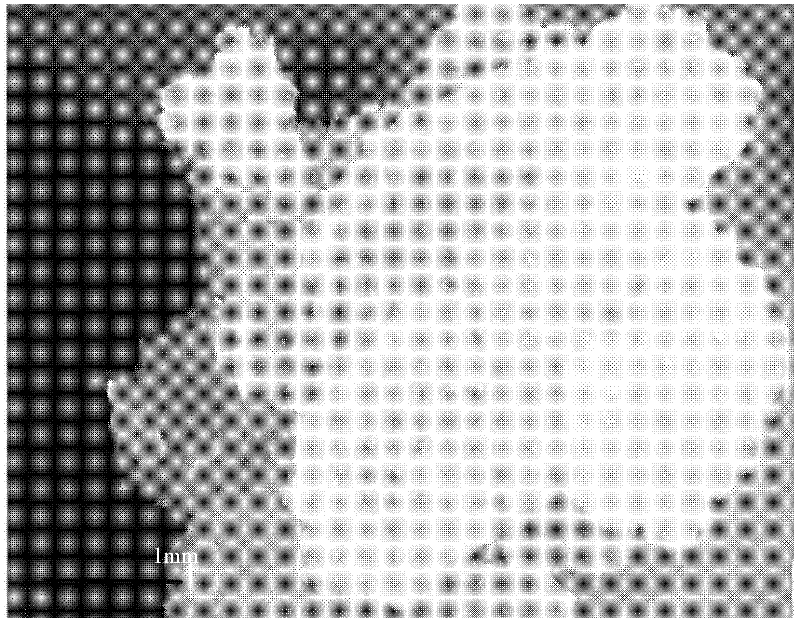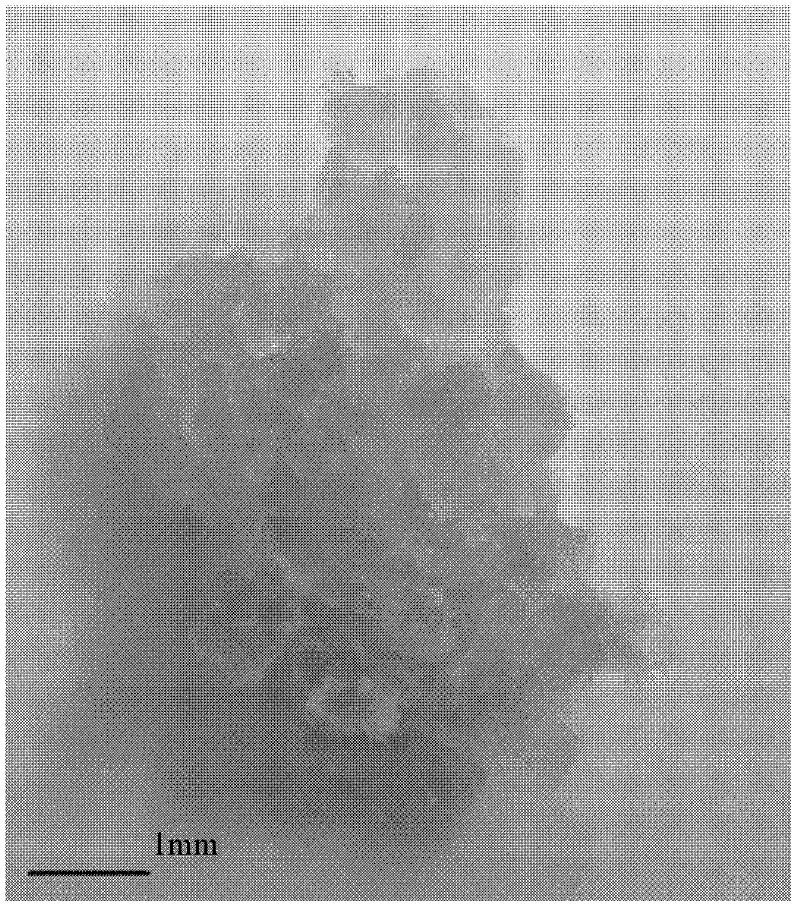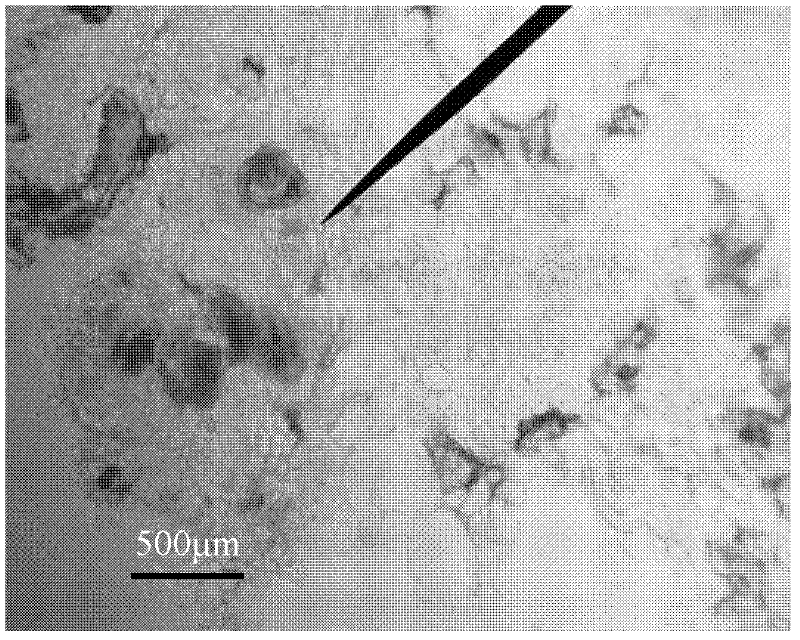Method for breeding locust
A technology of black locust and pods, applied in horticultural methods, botany equipment and methods, horticulture, etc., can solve the problems of low induction rate and difficult to meet the needs of black locust propagation and breeding, and achieve high induction rate, high repeatability, nutritional Reasonable effect of material composition
- Summary
- Abstract
- Description
- Claims
- Application Information
AI Technical Summary
Problems solved by technology
Method used
Image
Examples
Embodiment 1
[0059] 1. Test materials
[0060] 1, the present invention takes the well-growing diploid Robinia pseudoacacia seedling population of Beijing Yanqing Mijiabao Nursery as a resource for drawing materials, and chooses 10 mother trees that grow well, have straight stems, and have a high seed setting rate (the interval between each strain is greater than 50 meters), between June and September 2010, collect the zygotic embryos of different developmental stages of Robinia pseudoacacia in the 4th to 12th week after flowering as explant test materials, collect once every 10 days, and collect 500 pods each time , that is, collect pods 25, 35, 45, 55, 65, and 75 days after flowering, collect 500 pods each time, store the pods collected on the same day in an ice box at low temperature and bring them back to the laboratory, and then put them in a refrigerator at 4°C Refrigerate for later use.
[0061] 2. Plant growth regulator
[0062] The plant growth regulating substance used in the p...
Embodiment 2
[0107] Except for the callus induction culture process, the 6-BA in the callus culture medium is 0 mg / L, and the 2,4-D is 5.0 mg / L; in the somatic embryo induction culture process, the somatic embryo induction medium The 6-BA used is 1.0 mg / L, the NAA is 1.0 mg / L, the rest is the same as that of Example 1, and the data analysis results are shown in Tables 2 and 3.
Embodiment 3
[0109] In addition to the callus induction culture process, the 6-BA in the callus culture medium is 0.3 mg / L, and the 2,4-D is 0.3 mg / L; in the somatic embryo induction culture process, the somatic embryo induction culture The used 6-BA of base is 0.1mg / L, and NAA is 0.1mg / L, and all the other are identical with embodiment 1, and data analysis result is as shown in table 2,4.
PUM
 Login to View More
Login to View More Abstract
Description
Claims
Application Information
 Login to View More
Login to View More - Generate Ideas
- Intellectual Property
- Life Sciences
- Materials
- Tech Scout
- Unparalleled Data Quality
- Higher Quality Content
- 60% Fewer Hallucinations
Browse by: Latest US Patents, China's latest patents, Technical Efficacy Thesaurus, Application Domain, Technology Topic, Popular Technical Reports.
© 2025 PatSnap. All rights reserved.Legal|Privacy policy|Modern Slavery Act Transparency Statement|Sitemap|About US| Contact US: help@patsnap.com



